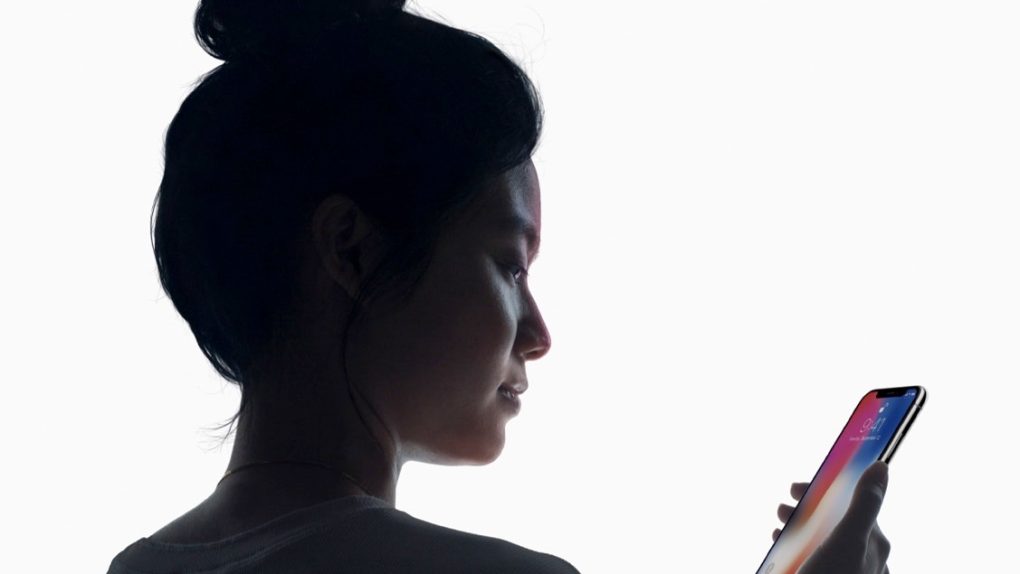Friday can’t get here soon enough for iPhone fans who were lucky enough to score a November 3rd delivery date for the handset. While regular mortals still have to wait to test out the iPhone X’s brand new features, including the Face ID signature features, some lucky reviewers already got a chance to experience the phone ahead of everyone else.
Thanks to these early looks at the phone, we just learned that a brilliant Face ID privacy-related feature is enabled by default on the iPhone X.
Notifications spying is a thing, in case you were not aware of it. Simply glance at a phone, whether it’s yours or someone else’s, and you’ll be able to see incoming notifications, complete with short previews.
While you may not read entire emails or text messages, information can still be gleaned from these previews, including information about who’s sending messages and emails to the person you’re spying on.
Privacy-conscious users can turn on notifications previews so that nobody can spy on their notifications. The downside is that they themselves can’t read them unless they unlock the device.
The iPhone X fixes all that thanks to its sophisticated facial recognition system. In an extensive iPhone X preview, Wired discovered that the iPhone X hides the contents of notifications by default.
It does it with the help of the Face ID sensor. The TrueDepth camera will scan for your face, and if it doesn’t recognizes it, it won’t show message previews, choosing instead generic ones:
[A] good way to see when you’ve been recognized is to notice the generic messages on the lock screen saying “you have a notification” from Facebook, Gmail, or wherever. When you and your iPhone X make that turn-on connection, those flesh out with the actual content of the message. (This feature—withholding potentially private alerts until the phone was unlocked—had previously been available as an option but now is the default.)
That’s pretty neat, regardless of whether you’re a privacy freak or not. It just goes to show how biometrics can further improve the way we interact with our smart devices. Also worth mentioning is Apple’s choice to implement this behavior as default for iPhone X. Which of course they did.
Wired’s full iPhone X preview / early reviewis available at this link.







